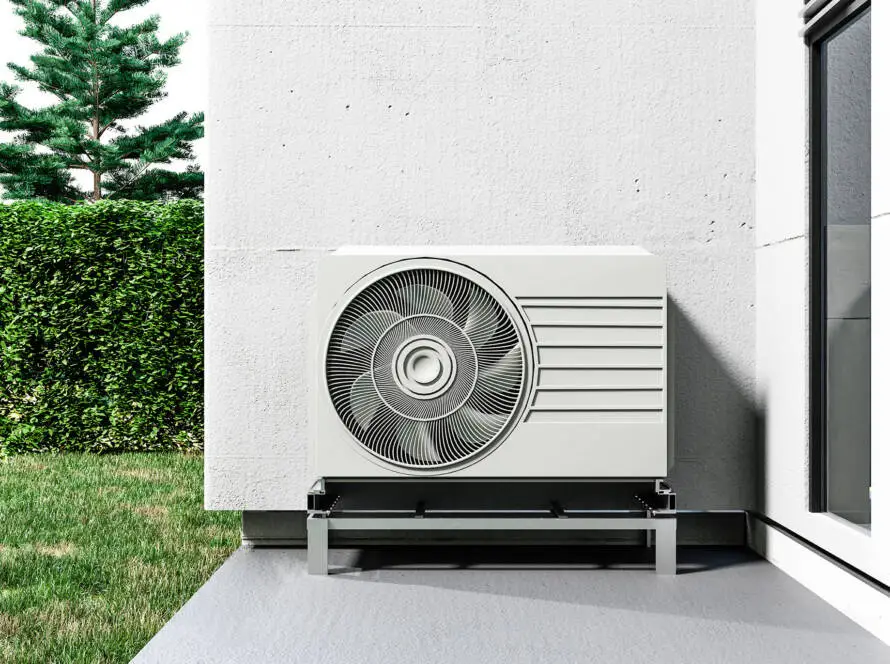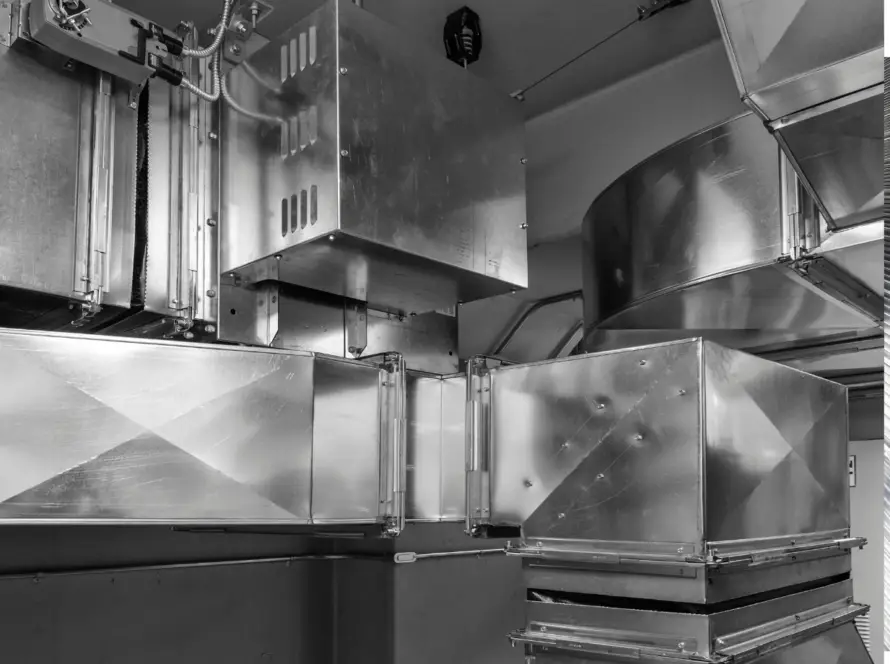Introduction
Building an airtight home has many benefits, primarily related to energy efficiency, indoor air quality, overall comfort, and environmental factors. Practicing good air sealing techniques plays a large role in how the building will perform throughout its lifespan. Energy Advisors play a large role in the implementation and testing of the air barrier system in a building. By conducting blower door testing we can measure the exact airtightness of a home, and thus determine if the building will comply with local code and regulations.
It’s very important to plan in advance when it comes to properly air sealing a building. Particularly at the design stage, it’s vital to identify where in the building envelope the air barrier system is located and how it will remain consistent throughout the entire building. This will ensure no weak points are found when it comes time to test and verify the building. The Integrated Design Process (IDP) is one of the tools we can implement to bring all the parties together to ensure continuity of the air barrier and the project as a whole. Here are some key reasons why it’s important to construct a home that is well-sealed and airtight:
Energy Efficiency:
An airtight home significantly reduces the amount of hot or cool air that escapes, meaning your heating, ventilation, and air conditioning (HVAC) systems don’t have to work as hard to maintain a comfortable temperature. This results in substantial energy savings and lower utility bills. Airtight homes are particularly important in extreme climates where heating or cooling needs are high. Lower energy consumption also contributes to reducing greenhouse gas emissions, helping mitigate climate change.
Reduce heat loss or gain by minimizing the infiltration of outdoor air and the escape of conditioned indoor air through good air sealing practices. This, in turn, reduces the need for heating and cooling, leading to lower energy consumption and reduced utility bills through the use of smaller mechanical systems.
Improved Indoor Air Quality:
Airtight homes prevent outdoor pollutants, allergens, and contaminants from entering the living space. Without proper sealing, dust, pollen, mold spores, and other harmful particles can infiltrate the home, potentially causing health issues, especially for people with allergies or respiratory problems.
Controlled Ventilation: You can implement controlled ventilation systems to ensure a constant supply of fresh, filtered air. This helps maintain healthy indoor air quality by reducing the entry of pollutants, allergens, and outdoor contaminants. You can also use mechanical ventilation (HRV/ERV) to help recover the heat being exhausted from the building and transfer it to the fresh air entering the building, thus improving the efficiency of home even further.
Prevention of Moisture Infiltration:
An airtight building envelope helps prevent the infiltration of moisture into the home. Moisture can lead to mold growth, rot, and structural damage. By keeping the home airtight, you reduce the risk of these problems, ensuring the longevity and durability of the building.
Preventing Moisture Issues: An airtight building envelope helps prevent the infiltration of humid outdoor air, which can lead to moisture-related problems like mold and mildew. Proper ventilation and moisture control are key components of maintaining a healthy indoor environment.
Enhanced Comfort:
Airtight homes provide more consistent indoor temperatures and eliminate drafts. This creates a more comfortable living environment, allowing occupants to enjoy stable temperatures throughout the year without hot or cold spots. Proper insulation and airtightness contribute significantly to this comfort.
Consistent Temperature: Airtight homes maintain a more consistent and comfortable indoor temperature, as they are less affected by outdoor temperature fluctuations. Airtight construction minimizes drafts, which can be uncomfortable and lead to heat loss. People living in airtight homes experience fewer discomforts associated with temperature variations and air movement.
Noise Reduction:
An airtight home can also reduce the penetration of outside noise, providing a quieter living space. This is particularly important in urban areas where noise pollution can be a significant problem. Tighter houses are typically quieter because they minimize the intrusion of outdoor noise. This contributes to a more peaceful and relaxing living environment.
Compliance with Building Codes:
Many building codes and standards now require airtight construction as part of energy efficiency regulations. Ensuring your home is airtight helps in complying with these codes, ensuring the house meets the necessary code standards.
Provincial building codes and energy efficiency standards now require airtight construction as part of efforts to reduce energy consumption and greenhouse gas emissions. Complying with these regulations may be necessary to obtain permits and occupancy for your home.
Durability and Longevity:
Building materials and structures are better protected from the elements when a home is airtight. Reduced moisture infiltration and temperature fluctuations help extend the lifespan of the building, reducing the need for costly repairs and maintenance.
In summary, building an airtight home is likely the most crucial factor when it comes to energy efficiency, environmental sustainability, occupant health, and overall comfort. It not only saves money on energy bills but also contributes to a healthier indoor environment and a more sustainable future. Airtight homes are often more attractive to homebuyers and can command higher resale values due to their lower energy costs, improved comfort, and reduced environmental impact. As awareness of environmental issues and energy conservation grows, airtight construction is becoming increasingly important in the design and construction of homes.



